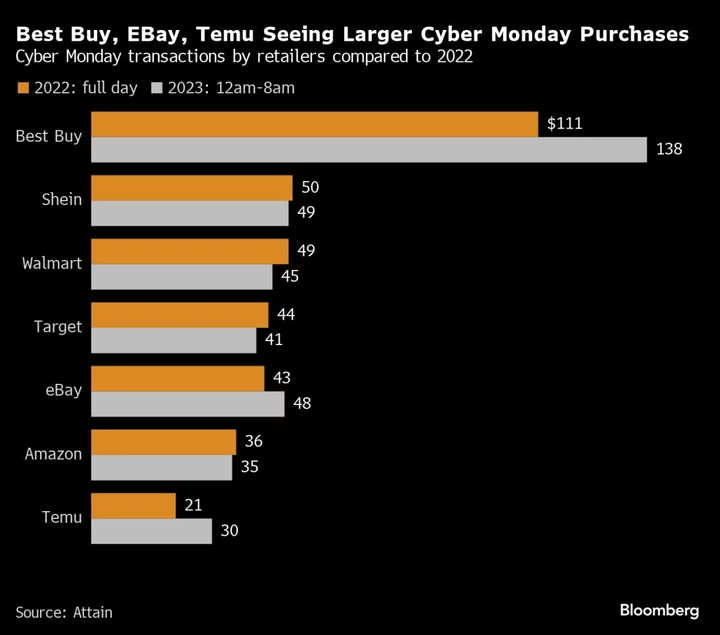Investors looking for bargains in the municipal-bond market may find opportunities in closed-end funds that don’t borrow to boost returns.
Unlevered municipal bond closed-end funds traded at a discount to their net asset value of as much as roughly 12%, according to data compiled by Bloomberg. The biggest, Nuveen LLC’s $1.9 billion Municipal Value Fund, is trading at a 7.2% discount with a tax-exempt yield of 3.96%. Over 20 years, its average discount is 2.3%.
Meanwhile, the DTF Tax-Free Income fund, which terminates in 2028, last month eliminated its leverage and is trading at a discount of 12.2%, or 88 cents on the dollar. As the fund moves closer to liquidation, the discount will disappear, said Ryan Paylor, a portfolio manager at Thomas J. Herzfeld Advisors, which focuses on the closed-end fund market.
“That’s a pretty attractive return,” said Paylor. “It’s almost approaching 15% before I even factor in any of the tax-free dividends.”
Closed-end funds raise a fixed amount of money from shareholders in a public offering, unlike mutual funds, which continually sell and redeem shares. The funds are listed on stock exchanges and can trade at premiums or discounts to the net value of the securities they own.
Most buyers of muni closed-end funds are retail investors who aren’t quick to pick up on market inefficiencies, Paylor said. These investors may still be shell-shocked by the Federal Reserve’s aggressive campaign of policy tightening, which has battered bonds. Municipal bonds lost 8.5% last year, the worst annual performance since 1981, and haven’t recouped much ground this year.
Unlevered muni closed-end funds make up a sliver of this market segment. About 90% borrow to juice returns and many of those trade at a discount too.
Leveraged muni closed-end funds borrow in the floating-rate tax-exempt market to finance the purchases of higher-yielding long-term bonds, seeking to profit from the difference. However, with the cost of leverage surging and the yield curve inverted, the spread has disappeared or turned negative.
Some leveraged funds are at discounts of 14% to 16%, “but I think that’s warranted,” Paylor said. “Funds that have floating-rate leverage, they’re stuck with it for the foreseeable future” because the Fed isn’t likely to reduce interest rates.
Weekly benchmark yields in the variable-rate tax-exempt bond market rose to 3.3% this week, compared with under 2% a year ago. Lenders also charge a 70 to 100 basis point spread for credit risk, so all-in financing costs can exceed the 4.2% yield on a 30-year AA rated revenue bond.
(Corrected clarification of the upward bound of discount in the second paragraph.)
Author: Martin Z. Braun









